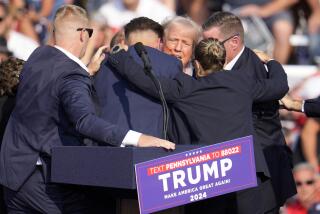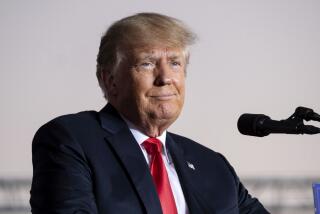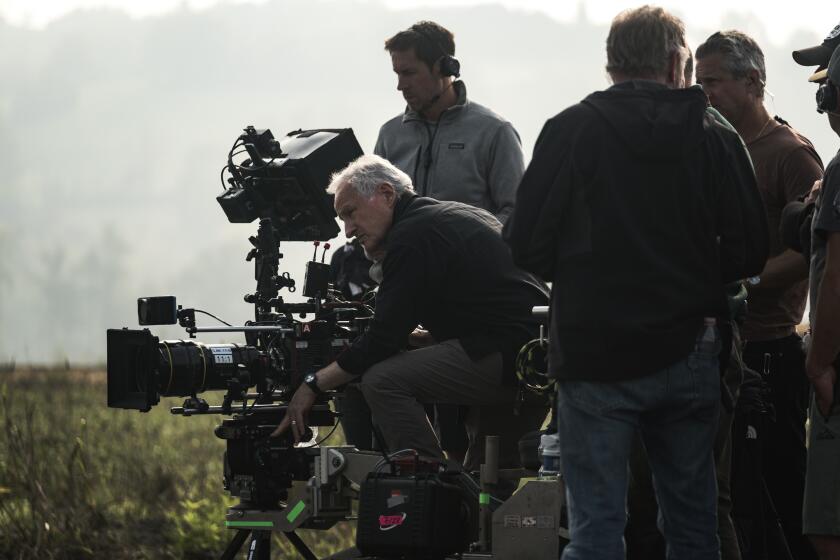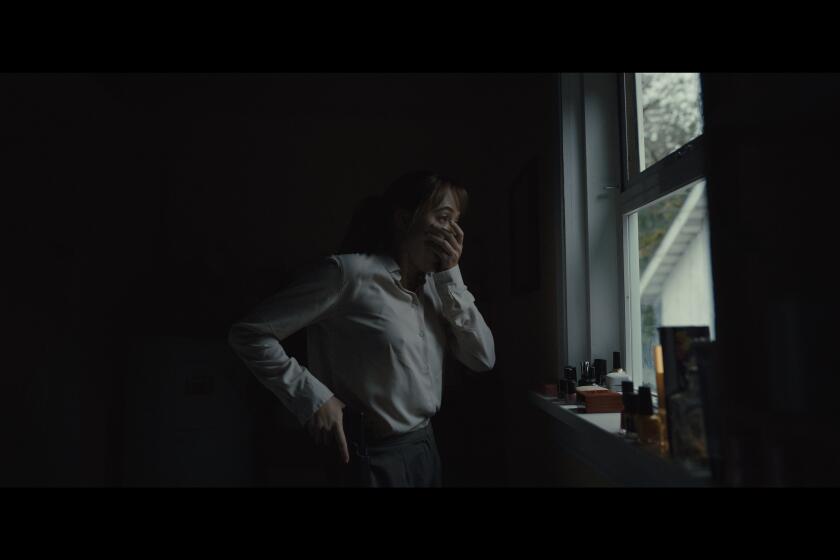One man’s assault is another man’s meme: The Internet’s new political cartoons

For those with a less rigorous social media diet, it was easy to overlook the latest viral video outbreak, spawned last weekend in between comparisons of inauguration crowd size and millions of individuals marching in support of women’s rights.
The video itself is innocuous enough. A man is being interviewed on a sidewalk in Washington, D.C., when another man runs up and punches him. The two men then go their separate ways.
But the crux of the video is this: The man getting punched is Richard Spencer, president of a white nationalist think tank, who began a November speech by giving a Nazi salute and whose “hateful rhetoric” has been decried by the National Holocaust Museum. The man punching him is a sort of mysterious masked avenger whose identity is not currently known.
The incident, which took place on the Friday of the presidential inauguration, sparked an Internet frenzy, which saw social media remixing the video with popular songs, trying to find the perfect way to underscore a clip that features, for lack of a better description, a Nazi getting punched.
But while some found themselves bogged down by the morality of physical violence, even when levied against a person who routinely espouses ethnic cleansing, most were content to experiment with whether Carly Rae Jepsen’s “Call Me Maybe” was the perfect score for Spencer’s assault or whether Toto’s “Africa” was a better fit.
Memes gained particular political prominence during the 2016 election cycle, whether from the misappropriation of a cartoon frog by the alt-right or the endlessly GIF-able faces of Hillary Clinton and Donald Trump.
“Many memes look close to political cartoons and serve a satirical purpose,” Benjamin A. Lyons, a researcher who studies memes at the Annenberg Public Policy Center at the University of Pennsylvania in Philadelphia told The Times in October. “But what differentiates them is that they take place in this visual environment where people, with incredible speed, can remix them, and they take on a life of their own.”
But entering the post-election cycle, memes seem to be even more politically pointed than before. Where in ages past, a particularly good political cartoon would filter through the public consciousness with time, now counterculture political messages can reach millions with just a few keystrokes.
This is the new normal. Gone are the days of exaggerated elephant or beleaguered donkey and here is the age of catchy Canadian pop song mash-ups and rogue National Park Service Twitter accounts.
Memes are now political capital. The question is how to spend it.
See the most-read stories in Entertainment this hour »
ALSO:
White nationalists dress up and come to Washington in hopes of influencing Trump
From Clinton’s shimmy to Pepe the frog: Memes and the LOLcat effect on the 2016 election
Shaded pink, women’s protest fills the streets of downtown L.A.
More to Read
The biggest entertainment stories
Get our big stories about Hollywood, film, television, music, arts, culture and more right in your inbox as soon as they publish.
You may occasionally receive promotional content from the Los Angeles Times.







